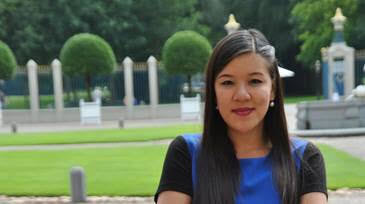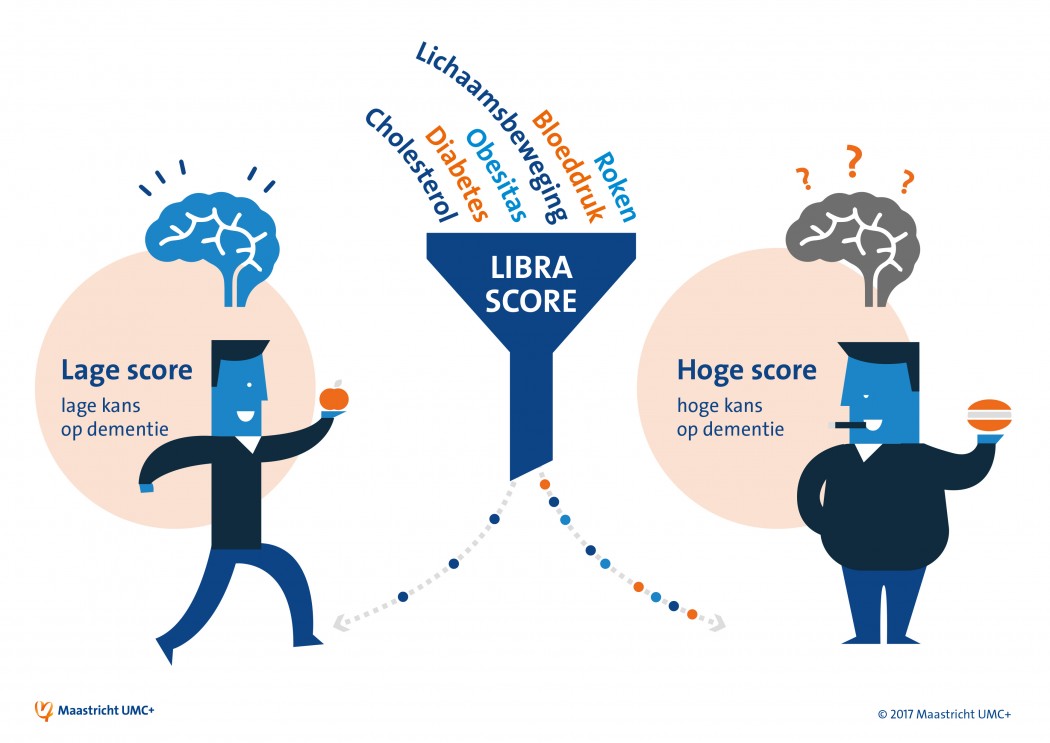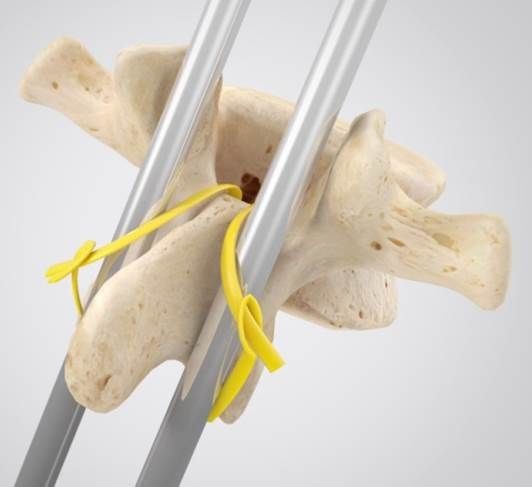New method for pacemaker placement
As part of her research study at Maastricht University Medical Centre+, Uyên Châu Nguyên developed a new method for the targeted placement of pacemaker leads in the heart. Nguyên studies technical medicine at the University of Twente. During her research, she combined electrical activation with MRI imagery to identify the most suitable placement of pacemaker leads in patients with heart failure. The study will soon be published in the prestigious scientific journal Heart Rhythm.
A pacemaker is a device that uses electrical impulses to stimulate the heart muscle and regulate its rhythm and contractions. Sometimes the device is less effective due to poor placement of the pacemaker leads in the heart. Research has shown that these leads must be placed outside scar tissue areas, which may have been caused by a previous infarction. The ideal pacemaker location can be determined for individual patients by taking MRI images of the infarction itself and identifying the electrical conduction of the heart.
Electrical activation causes the heart to contract. This electrical stimulation is disrupted following an infarction, which is visible in MRI images. Nguyên used this method to detect areas of infarction. By measuring the electrical activation, she could then determine the optimum location for the pacemaker electrode. Cardiologist and work placement supervisor Dr Kevin Vernooy of the Hart+Vaat Centrum at Maastricht UMC+ currently uses this method in practice. 'It helps us make the treatment even more effective and reduces the likelihood of patients experiencing problems with their pacemaker in the future or receiving a less efficient pacemaker.'
Uyên Châu Nguyên received the Prof. Dr. G. P. Vooijs Award for her research. This award is conferred each year for the most clinically relevant research study in the technical medicine programme at the University of Twente. Nguyên was presented with the award and a cash prize of €1,000 during a conference of the Dutch Association for Technical Medicine (Nederlandse Vereniging voor Technische Geneeskunde, NVvTG).

This is a press release of the Maastricht University Medical Centre (MUMC+).
More information: www.mumc.nl/en.
Also read
-
The Maastricht Study specialises in conducting microcirculation measurements
-
Prevention of dementia potentially stimulated by drawing up personal risk profile (MUMC+ news).
-
Less invasive operation, maximum vertebral growth, and no stray metal particles (MUMC+ news).


